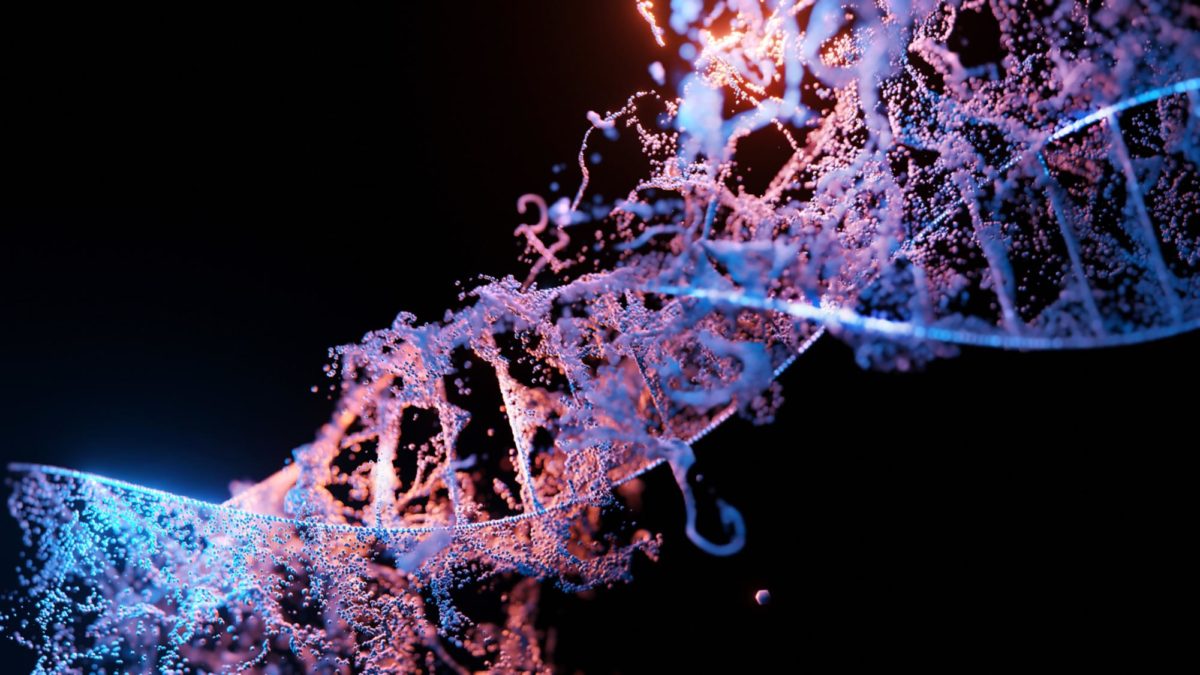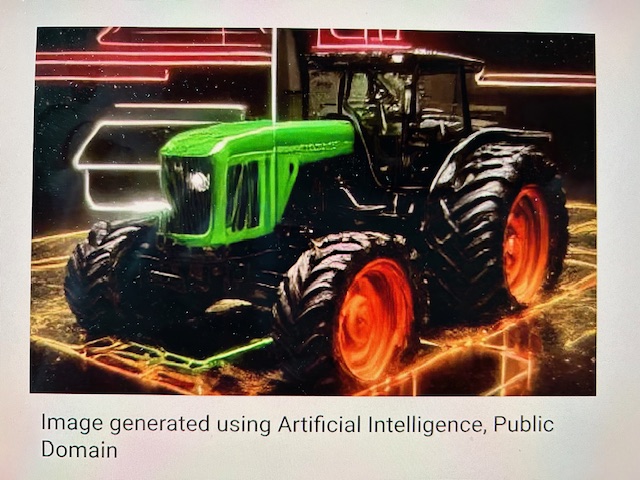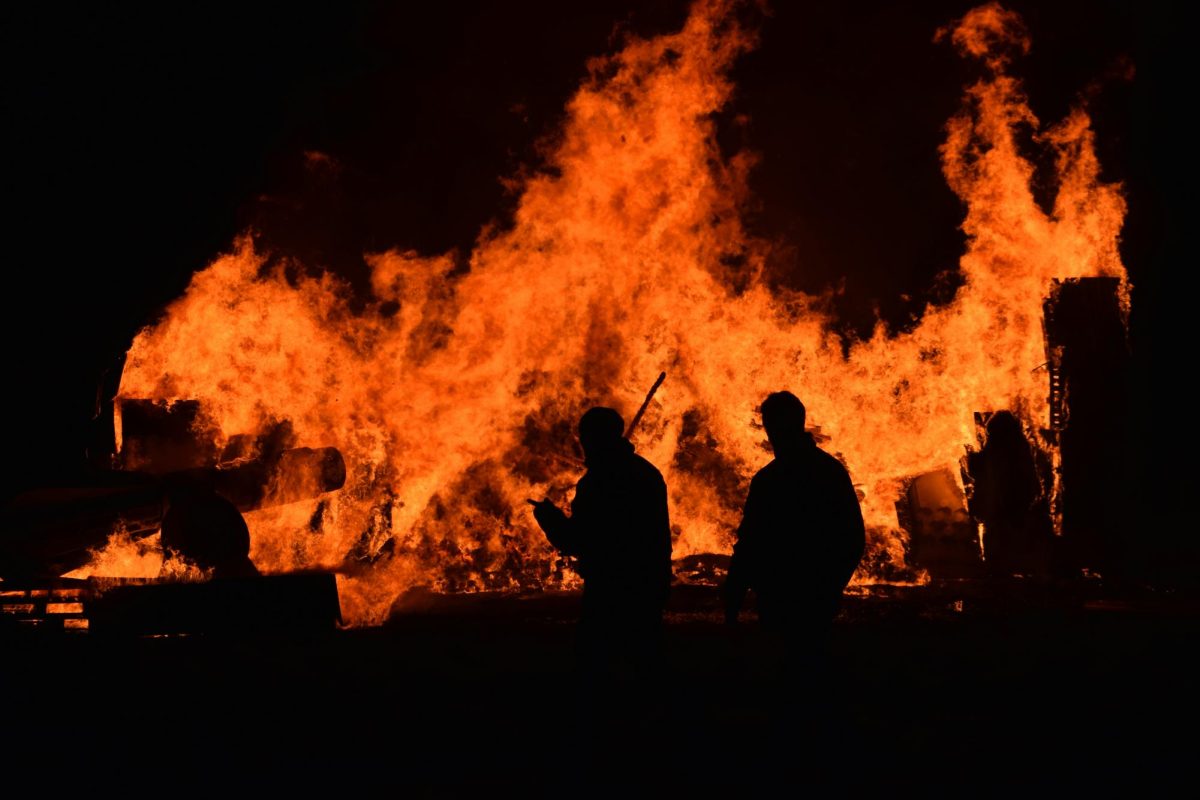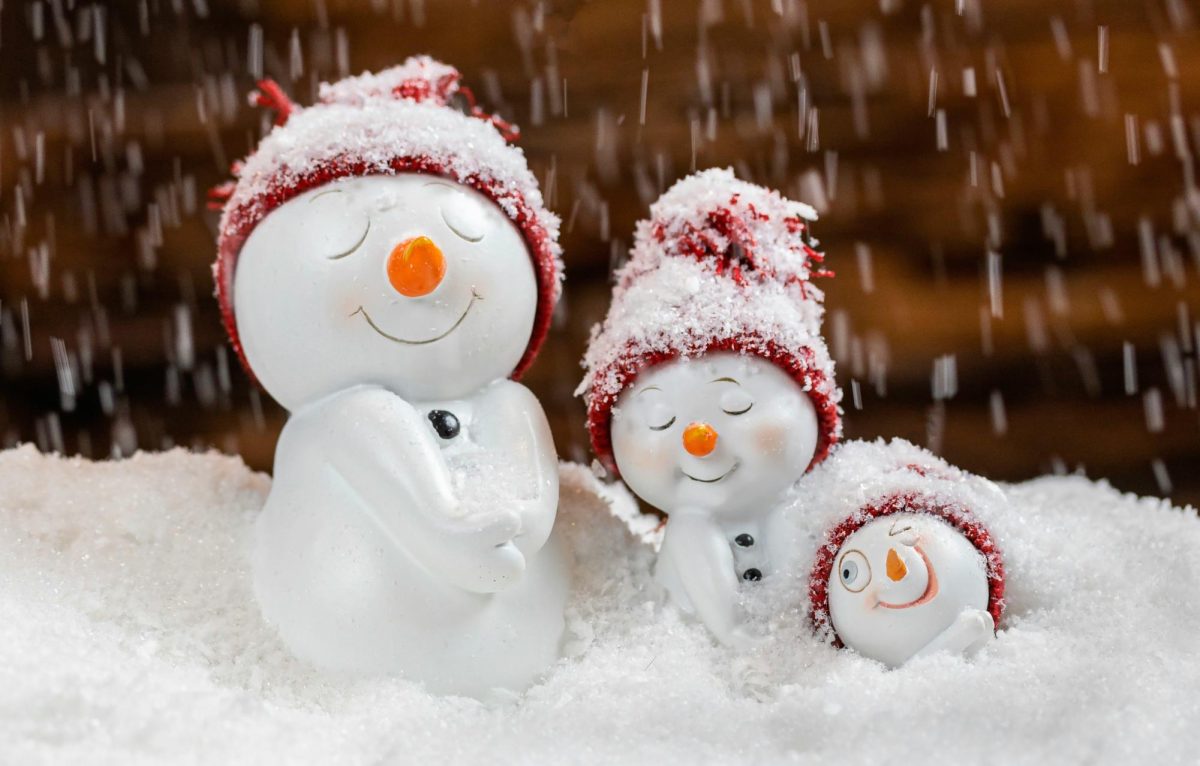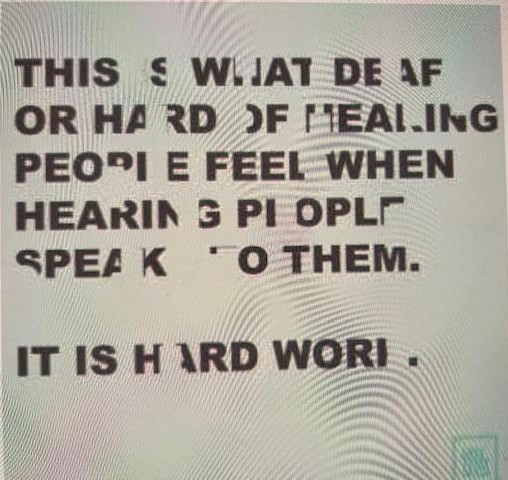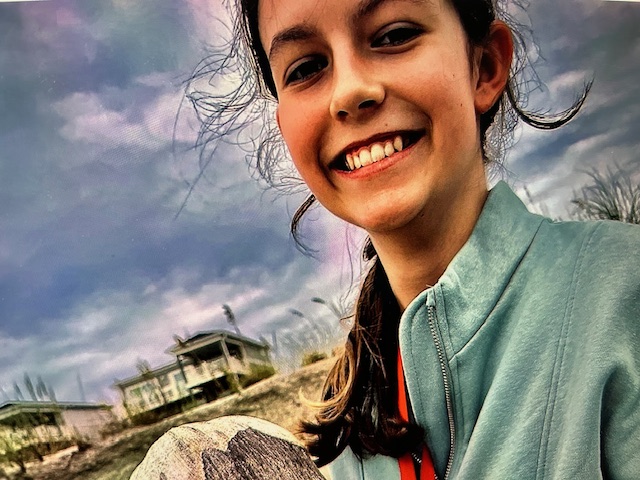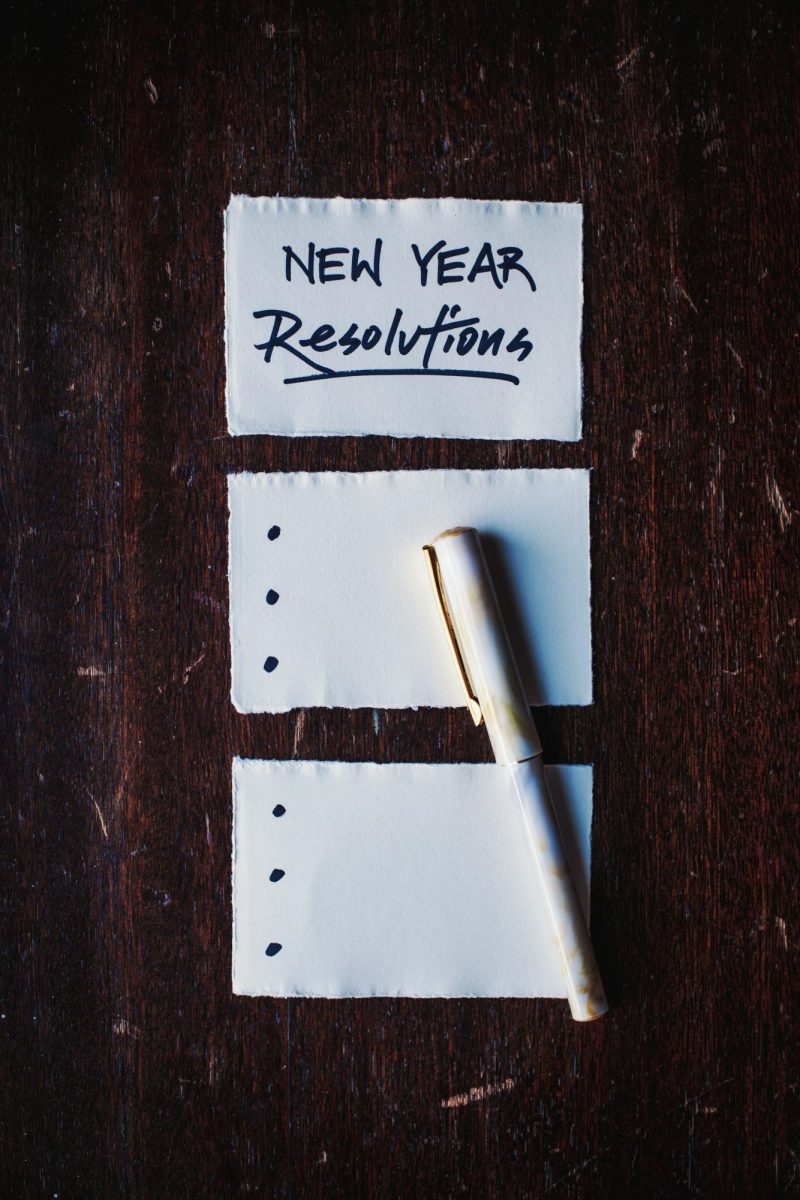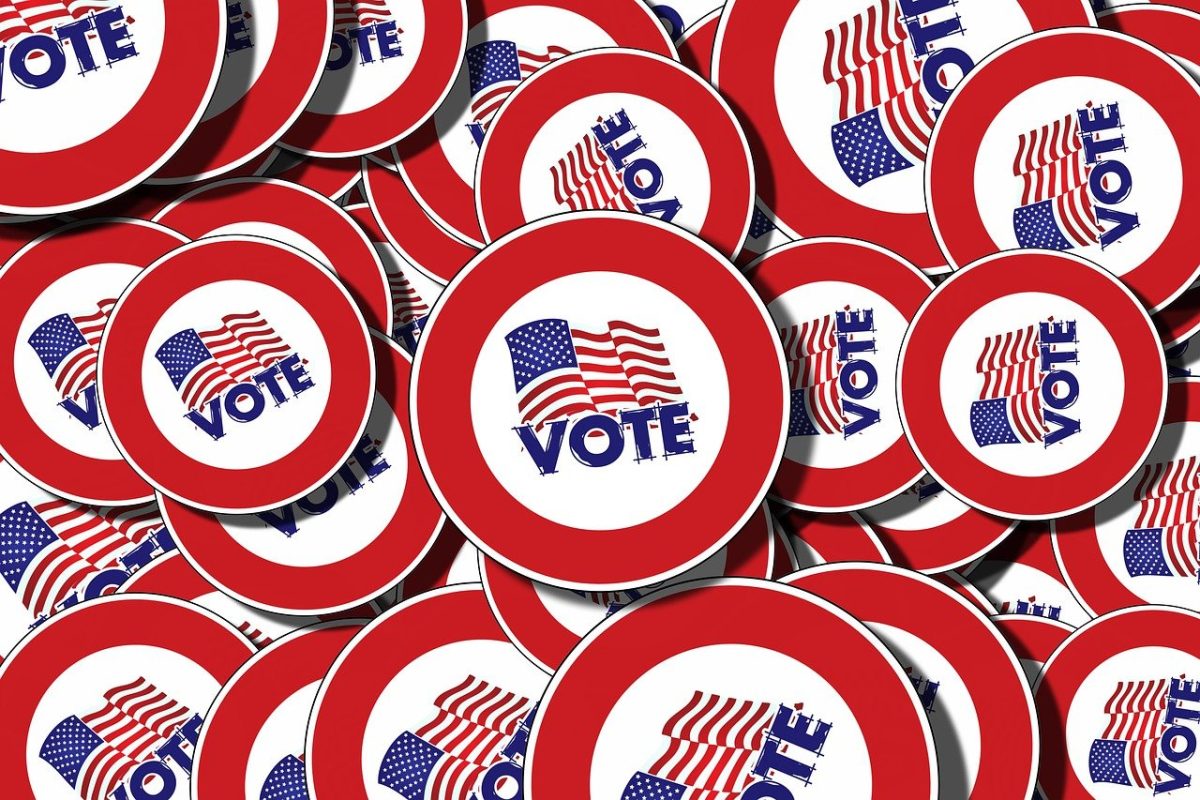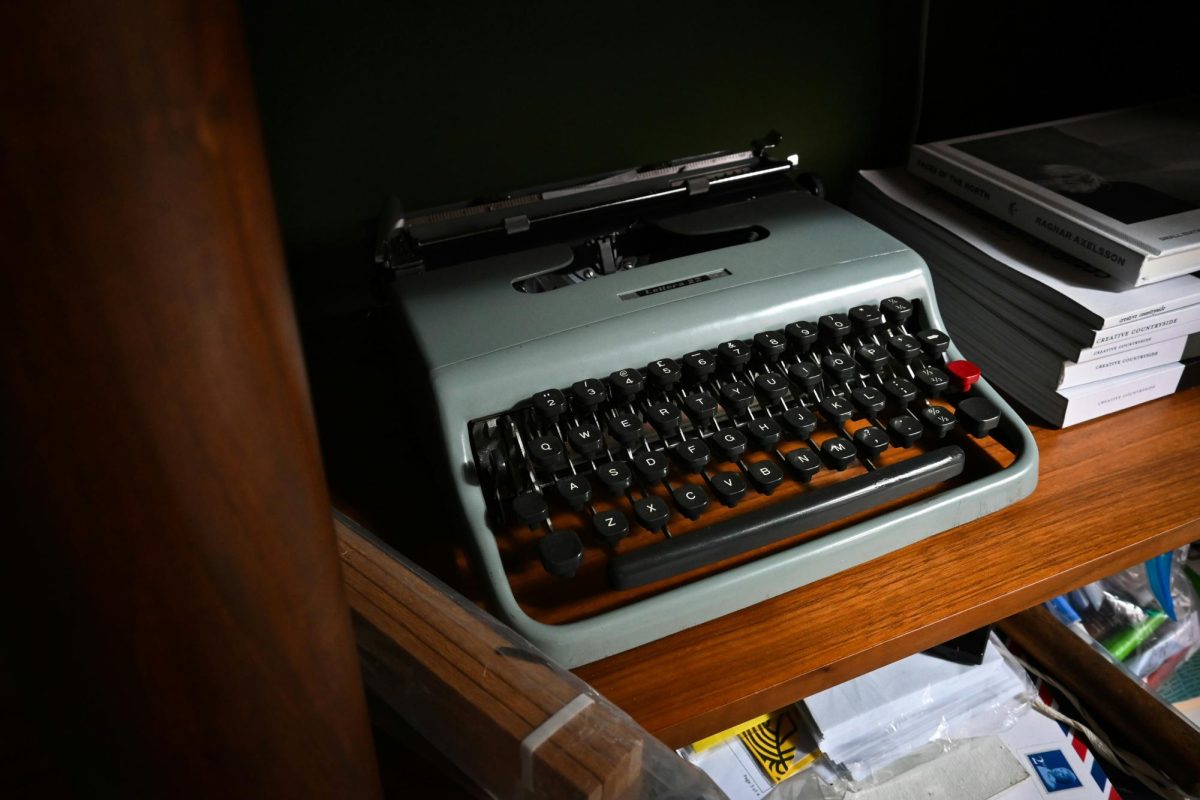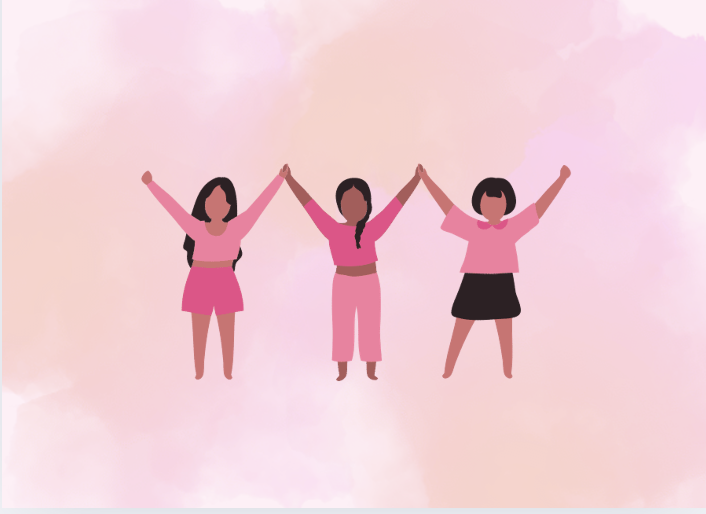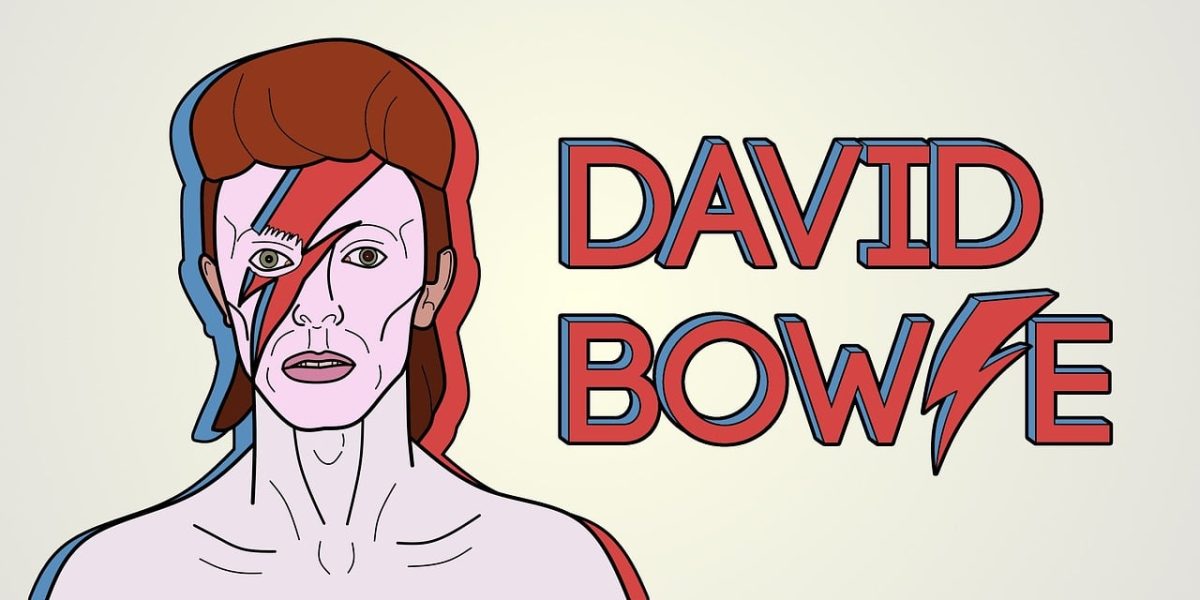
There was once a man in history, who had been a Guinea Pig of science, yet an advocate for the rights of Nuclear Industry. The painful death he endured can teach us so much.
Hisachi Ouchi. This incident would be named, “The Tokaimura Nuclear Incident” and would be noteworthy for being preventable, yet caused by the Fatcats of Industry–and carried out to be scientific experimentation.
September 3oth, 1999, at 10:35 AM, three men– Yukata Yokokawa, Masato Shinohara, and Hisachi Ouchi, were exposed to the most radiation at the time. After mixing too much Uranium. They ended up mixing in 16 kg of Uranium with Nitric Acid. The three men reported seeing a blue flash of light before Hisachi and Masato collapsed out of nausea. This is considered a Criticality Accident. A Criticality Accident involves Nuclear warfare, but it is considered accidental.
(Keep in mind, these men did not have any training beforehand.)
Yokokawa only took in 3 sieverts of radiation. Shinohara was near the buffing tank, he took in 10 sieverts of radiation (past the lethal amount, which is 7) and Ouchi–right on the top of the tank, took in a whopping 17 sieverts of radiation. Around 50 people around the area were recorded as having side effects of radiation– nausea, vomiting, headaches, and muscle pain.
Doctors were shocked seeing that he had almost no white blood cells (WBC’s) in his body, and how they deteriorated because of the radiation. What was even more shocking, was what was shown when his DNA was tested. It was destroyed and his chromosomes shattered, breaking into pieces.
Hisachi Ouchi always had family around, who lived downstairs at the hospital. Weeks passed, and his health deteriorated. Some of his last words were about wanting to go home, but one quote so famous was, “I am not a Guinea Pig!” They kept him alive because of family and science. He couldn’t form any new cells, he was going under skin grafts and blood transfusions. His skin was falling off, bone was visible, he could not talk, being put on a ventilator. He was literally rotting in his own body. Some days, he had up to 10 blood transfusions a day, had stem cells donated, and everything in their power was done to keep him alive.
During this time, he had gone through 5 cardiac arrests, and because of a lack of “do not resuscitate” orders, he was kept alive. And then finally on his 83rd day, he was able to pass away after his organs failed him.
So after everything I have read on this, my opinion is, I found this account a great tool to use. Ever since he died, it was a massive caution to the nuclear industry on how radiation truly is so dangerous, no matter how much is absorbed at a time–in Hisachi’s case of 17 sieverts. When his WBC’s were destroyed, he could not make more, and his body was failing. Now that science is advancing, it is very rare that we can see a Criticality Accident these days, which I am grateful for. Hisachi was also an advocate for the rights of hospitals, the patients, and their say. That doctors shouldn’t have to go off what the family says or what the patient should do. Rather, letting the patient make the decision. After saving Hisachi five times, they should know by now that, he is in pain and that he wants to end his suffering
Overall though, I found the account so saddening, how he was debilitating by the minute. But also inspiring, as he truly did show the world that dangers exist everywhere. Also, teach your employees how to do something before you let them do it. Don’t expect them to know how much uranium to pour into a vat without teaching them.
I decided to write about this account because of the pure agony some people may endure from procedures like these, yet I find it so cool how some things cause another thing. I hope you enjoyed reading this, as you couldn’t imagine how much research this took me!

